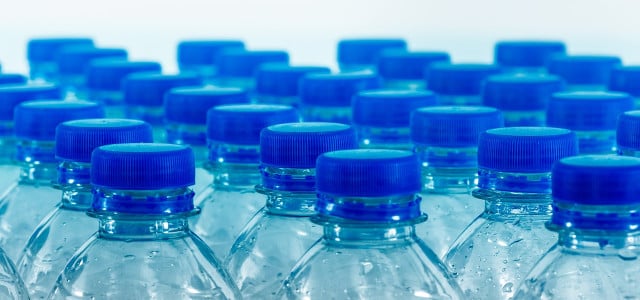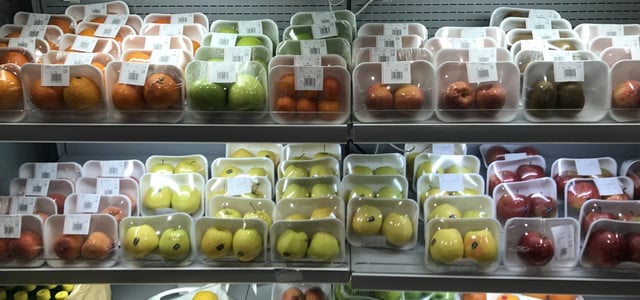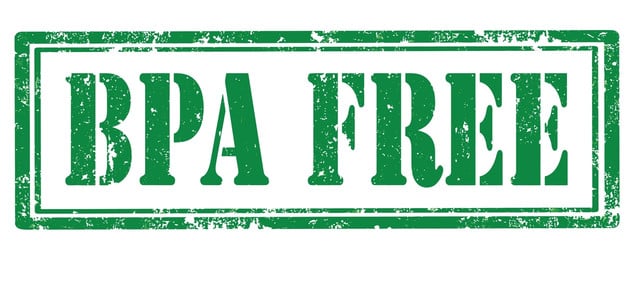Reusing plastic water bottles is just one way to prevent plastic bottles from ending up in landfill after just one use. But is it safe? Here are some tips.
“If present trends continue, by 2050, there will be 12 billion metric tons of plastic in landfills. That amount is 35,000 times as heavy as the Empire State Building.” This is what National Geographic writes in their article about recycling rates.
We all know by now the plastic problem is out of control. But what can we do about it? According to National Geographic, 91 percent of plastics are not recycled, so that’s not a solution either. Therefore, the only real option to reduce the amount of plastic going to landfill is to reduce the plastic you consume.
A common culprit is the plastic water bottle: we may find ourselves in situations where we are thirsty, don’t have access to clean tap water, or are on the go having forgotten our reusable bottle at home.
In this article, we will cover the ins and outs of reusing plastic water bottles, some alternatives, and some creative ways to reuse them.
Can You Reuse A Plastic Water Bottle?
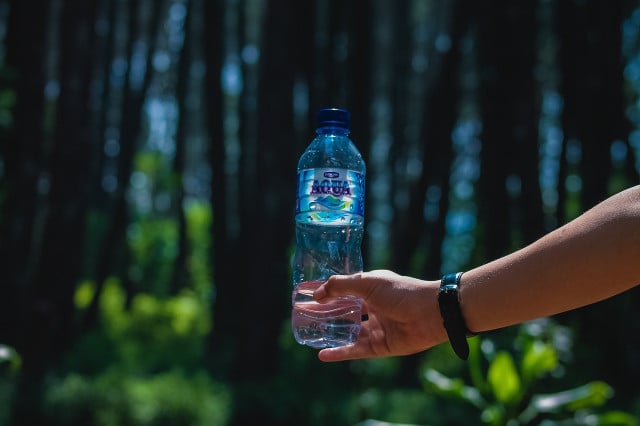


(Foto: CC0 / Pixabay / Syahdannugraha)
Typically, it is not intended by a plastic bottle manufacturer for a plastic bottle to be reused. It is often recommended that you only use them once because they have the perfect moist environment for bacterial growth, not to mention the potentially harmful chemicals the bottles are made with.
Plastic water bottles comprise a variety of resins and organic compounds that are combined in the manufacturing process to form synthetic polymers. Each plastic bottle produced today has a resin identification code (often called “recycling code”) printed on it. This code signifies the plastic the bottle was produced with. The most commonly used in today’s plastic bottle production are #1 polyethylene terephthalate (PET or PETE), #2 high-density polyethylene (HDPE), or #7 other.
#1 polyethylene terephthalate, otherwise known as polyester, contains aldehyde and antimony in small amounts. Ever heard that you shouldn’t leave a plastic bottle in a warm car or in the sun: this is because with type 1 the antimony can leak into the liquid the bottle contains when exposed to heat.
On the other hand #2 high-density polyethylene (HDPE) is not affected by heat or sunlight and is thus less likely to leach. Although it is sturdy, one must also watch out for the nonylphenol that it contains. This is both dangerous for aquatic life and can disrupt your endocrine system (hormones).
Resins #3 to #6 aren’t common for plastic water bottles.
#7 is not recommended for reuse: it is usually made from polycarbonate plastics, which contain BPA (bisphenol A). Here the BPA can leach in small amounts into the liquid they contain. BPA is another endocrine disruptor that has been linked to multiple health concerns, such as infertility, breast cancer or early puberty.
Once again – if you can avoid it, look for alternatives before purchasing a plastic water bottle.
As most are intended for single-use, it is also not easy to clean them. But when you do, wash them with warm soapy water (boiling water could release harmful chemicals) and rinse them before reusing them. Microplastics are also a cause for concern as they can have carcinogenic properties and disrupt both the metabolic and nervous systems. So only reuse plastic bottles without visible signs of wear and tear.
Also interesting: This is How to Clean Your Water Bottle & How Often
Creative Ways to Reuse A Plastic Bottle



(Foto: CC0 / Pixabay / Ermaf62)
Reusing a plastic bottle doesn’t mean you have to start with a big creative idea; you can also start small. Here are some ideas:
- Bowling: Form bottles into an equilateral triangle and use them as bowling pins. You can also get more crafty by painting, numbering, removing the label, and filling them to add weight.
- Cat toy: Remove the label and experiment with different contents. You can also punch holes in it to add strings.
- Utensil holder: Cut off the top of the bottle, decorate it if you like, and fill it with some clean stones to add weight.
- Piggybank: Turn it on its side, paint it, cut a slit at the top and add ears, tail and bottle tops as legs. A great, low-budget crafting project with kids, as well!
- Pencil case: Make a cut from just below the top to just above the bottom and glue a zipper to open and close it. Be careful: The cut ends can be sharp!
- Colored lights: Paint a plastic bottle and add a light that doesn’t heat up into the bottle. LEDs, for example, don’t emit heat when they glow, and you can use them for mood lighting with old plastic bottles.
In the Philippines, the NGO Liter of Light has come up with an ingenious way of using a plastic bottle as a sunlight-powered bulb to light up a home. This refracts 55W of sunlight into the room and is made from a plastic bottle, water, galvanized steel, and bleach.
Meanwhile, artists have used plastic bottles for various art installations like sculptures, and architects like Oscar Mendez have used them to build houses in Colombia.
Alternatives to Plastic Water Bottles
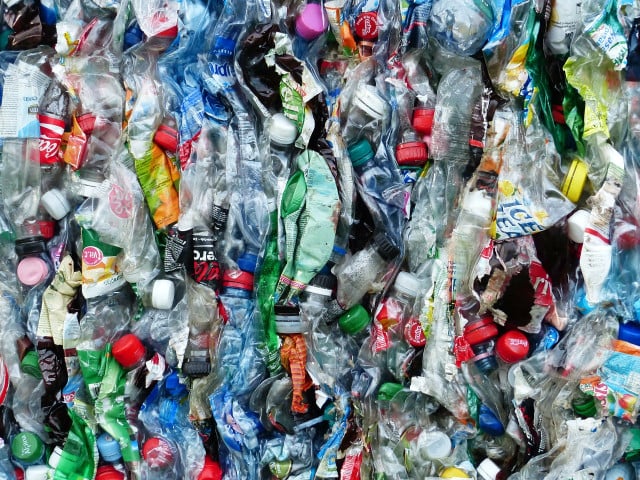


(Foto: CC0 / Pixabay / Hans)
When possible, look to take a reusable water bottle with you when you go out, the added benefit is: steel water bottles are great for keeping your drinks fresh and cool.
But if you find yourself in need of water on the go, look out for water sold in glass bottles. Better yet, ask a restaurant for tap water if it’s drinkable or look out for clean water drinking stations.
Did you know there are water bottles you can eat? Find out more: What Is an Edible Water Bottle and How Can I Make One?
Read on:
- Go Plastic-Free: How to use Less in 7 Easy Steps
- Plastic Pollution in the Ocean: What Can I Do About It?
- Life Without Plastic: Easy Tips for Everyone
Do you like this post?






